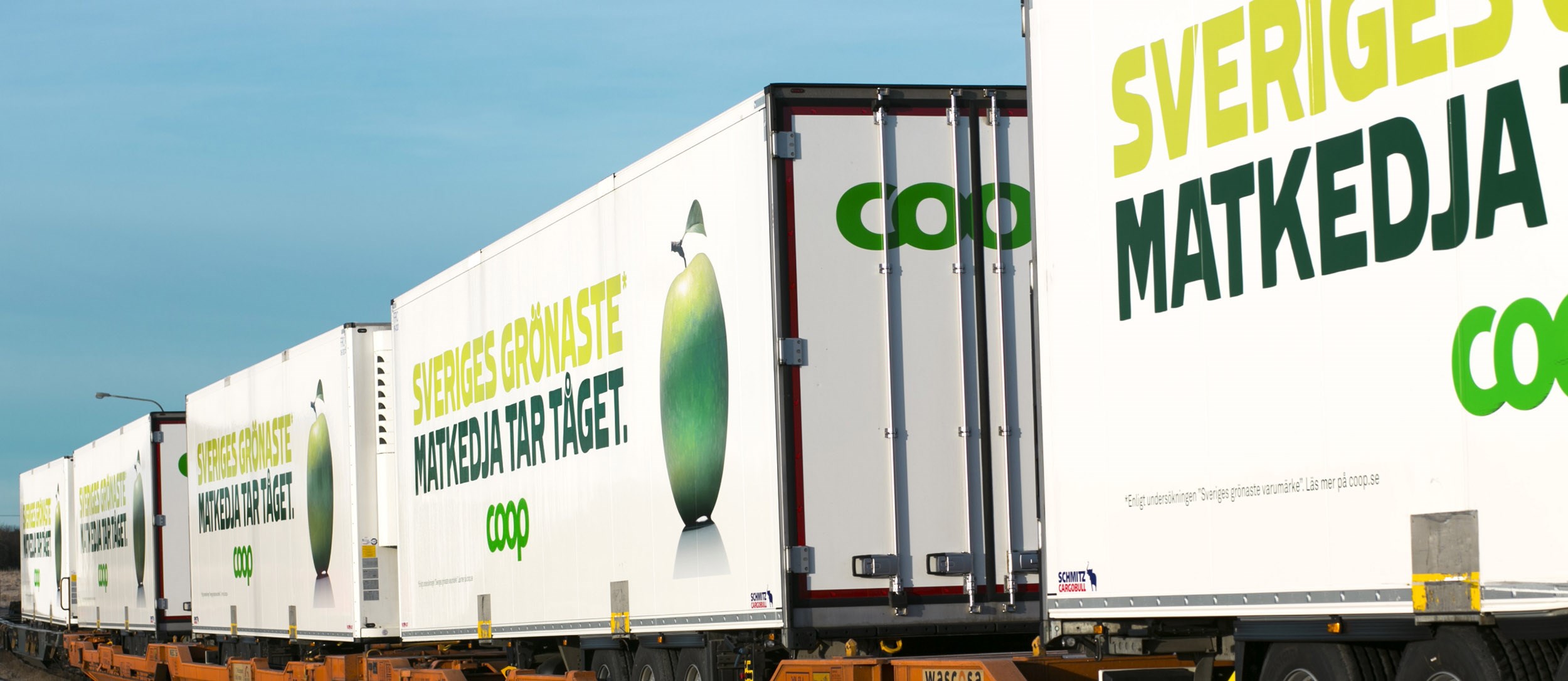
Coop Sweden in deep crisis
Swedish Coop has struggled for several decades since peaking in the sixties and seventies. For a long time, they have had enormous values on the balance sheet, which has saved operations, after easing the balance year by year.
Now the balance is out of order and Coop in Sweden will have to change radically. If not Axfood and ICA will take over the entire market. Nobody benefits from a duopoly – certainly not the customers.
“Kooperativa Förbundet” (Coop Sweden) is celebrating its 125th anniversary – in the midst of the deepest crisis ever for Coop. In a couple of months, three top managers have quit, while the business is suffering billions in losses.
Last week Coop announced that CEO Marie Nygren is leaving after three years with the retail giant. The announcement came barely two weeks after sustainability manager Mattis Bergquist resigned. In addition, the chair of the Cooperative Association, Leif Linde, resigned in August.
Shrinking market share
Until the 1990s, KF and Coop were the Nordic region's largest trading group with 80,000 employees, but for several years now the store operations have been suffering heavy losses – more specifically SEK 1.4 billion in both 2022 and 2023. Since the 1960s, the market share has shrunk to 17 percent, writes Dagens Nyheter.
The low-price venture Coop Xtra has lagged behind plans to establish 70 stores. This would have been clear two years ago, but today there are only 60 stores in the country. Investments in an automated central warehouse have also been delayed with major problems, which have spilled over to the stores. Many of them were still out of stock as recently as October.
Anders Torell takes over as acting CEO until a permanent replacement has been recruited. Torell is a former ICA profile. Most recently, he comes from CEO positions at Webhallen and Kronan's pharmacy.
“The last battle”
"The last battle is really here for Coop", writes the economic journalist Thomas Ohlén, who is one of those who see that Coop is now facing the ultimate battle.
“Coop falls behind year after year. Almost every year they lose market share, and the results are far from satisfactory overall,” he says in a podcast.
Some of Coop's 26 consumer associations are doing better than others. But not all associations want to share their results, some refuse to release their annual reports. It is very strange considering that it is a member-owned company that should be transparent.
Competitive Pricing
Coop has a survival plan that will lead the way until 2030. But the company is secretive about what the strategy actually is. Thomas Ohlén emphasizes that there is nothing wrong with strategies, but what the chain needs most are competitive prices. Otherwise, households will continue to turn to Willys and Lidl, according to Ohlén.
The Norwegian grocery veteran, Geir Myklebust, now retired and a consultant, says the following to NHH:
"One of the differences compared to Norway was that Coop Sweden was much more politically controlled. Positions on boards went to deposed politicians where there was a kind of arrangement where positions went in turn. Thus, at management level, there was no culture for making money. A lack of business understanding is maybe part of the problem, concludes Myklebust.
“It can be that Coops business model is too complicated and creates uncertainty about how to make a profit. I sincerely hope that their new strategy plan delivers a solution to this,” concludes Myklebust who fears a duopoly in Sweden if Coop does not succeed.
“Coop is a "cooperative" in all countries. Unfortunately, this does not lead to personal effort for the customers. A Coop manager goes home at 16.00 – whatever. An independent merchant stands on tiptoe for customers. That is just the way it is – in both Norway and Sweden,” concludes Odd Gisholt, former professor of groceries and now an active writer in the field.
Sources: Fri Köpenskap, DN.se, Handel.se